Campaigners propose reuse to save Kenzo Tange’s modernist ‘Ship Gymnasium’ in Japan
The Pritzker Prize-winning architect’s former Kagawa Prefectural Gymnasium is at risk of demolition; we caught up with the campaigners who hope to save it
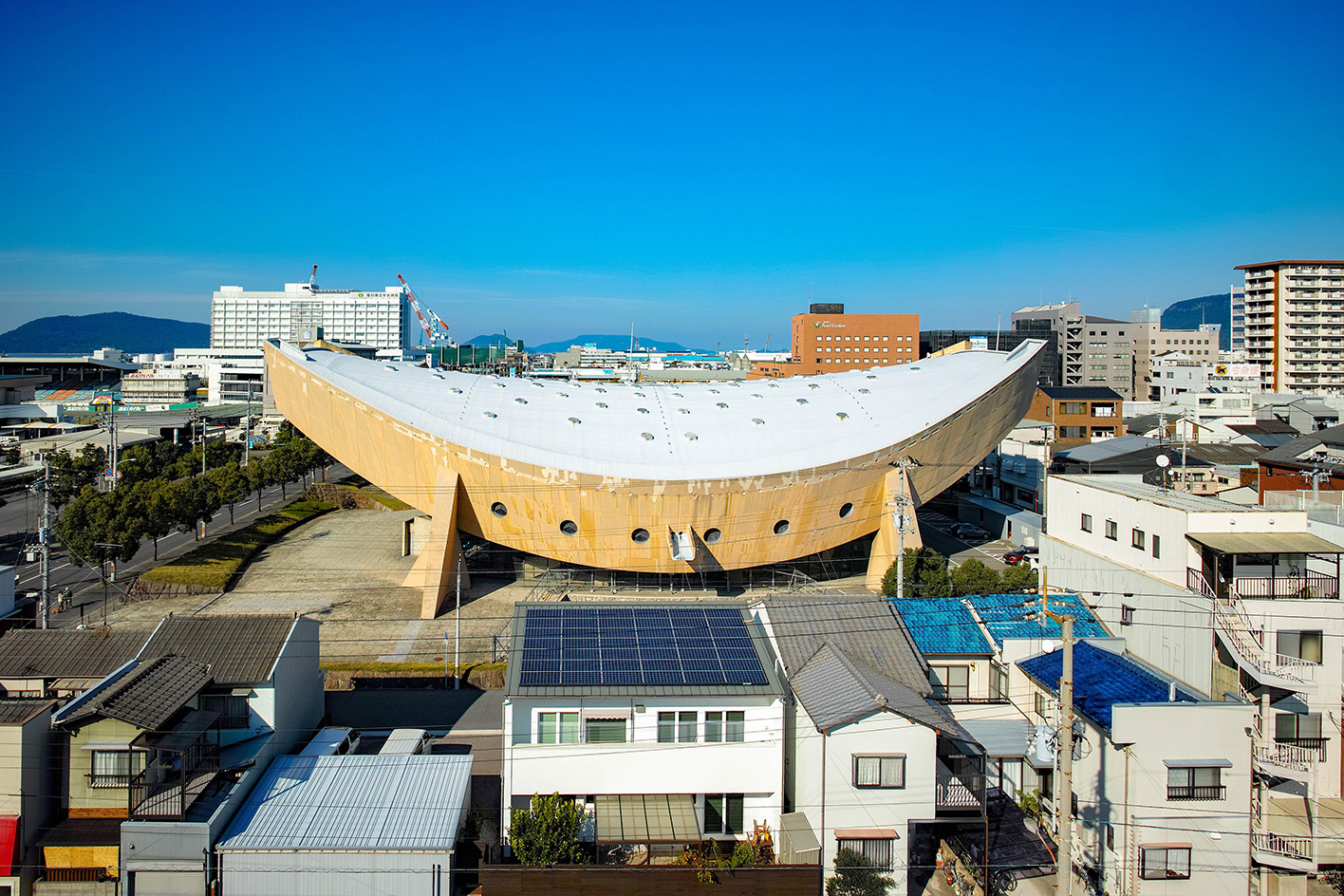
Kenzo Tange’s modernist gymnasium design, originally a Kagawa Prefecture facility, dubbed the 'Ship Gymnasium' for its curved, vessel-like form, has been under threat since 2023, when the local government decided on its demolition due to its ageing building fabric. The structure, in Takamatsu City, was the prototype for the architect's famous Yoyogi National Stadium – Tange (1913-2005) was one of Japan's preeminent architects, as well as a Pritzker Prize winner. Yet a campaign to save the former Kagawa Prefectural Gymnasium has kicked off, and is gathering pace, recently proposing a reuse for the structure.
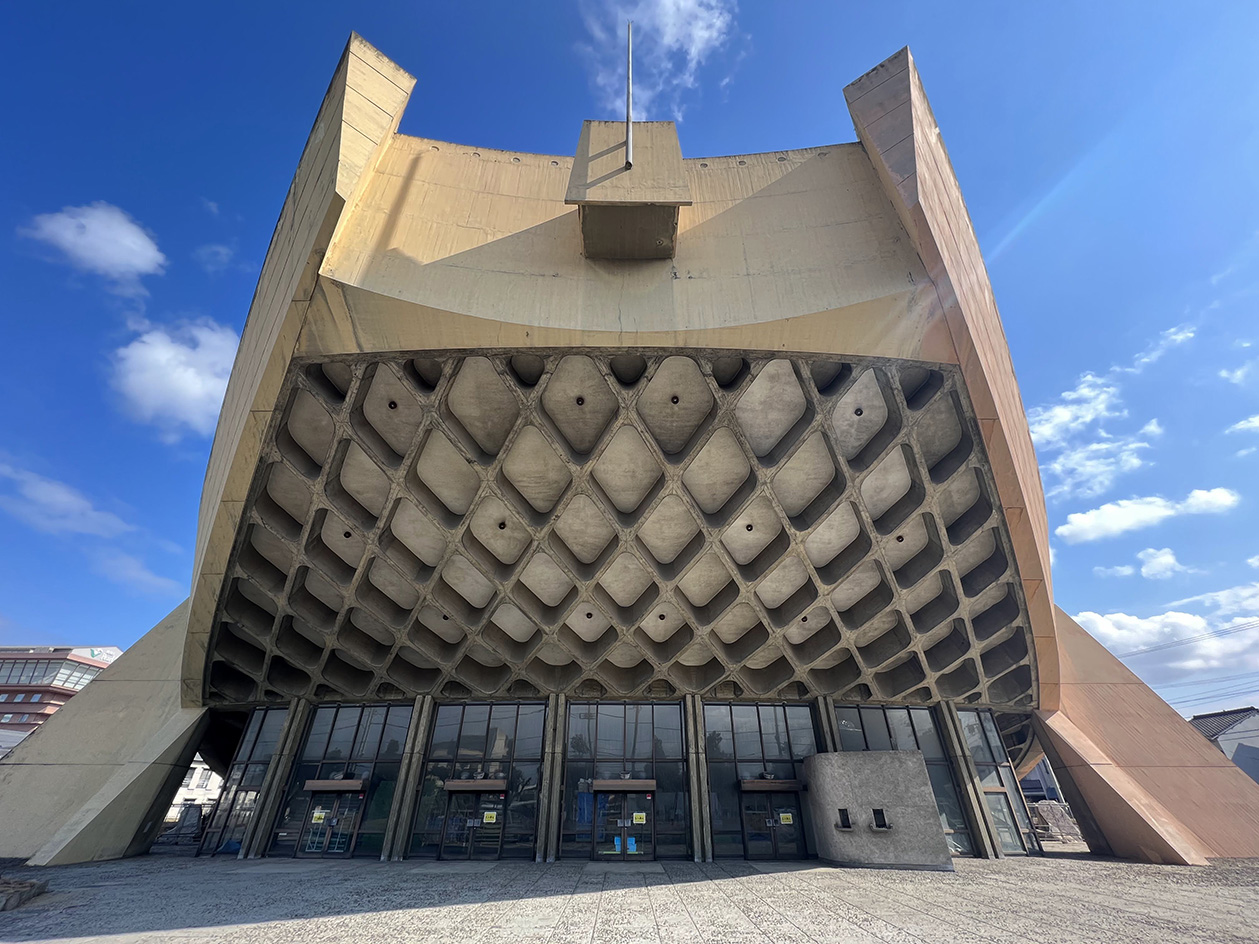
What is Kenzo Tange’s ship-like, modernist gymnasium in Japan?
Tange's 'Ship Gymnasium' was built for the local authorities in 1964. Poured concrete, pillars and suspension cables hold its distinctive roof, designed with the help of structural engineer Tsuyoshi Okamoto (1915-1994). The complex also features landscaping by Masatoshi Izumi and Tadashi Yamamoto, and furniture by Isamu Kenmochi.
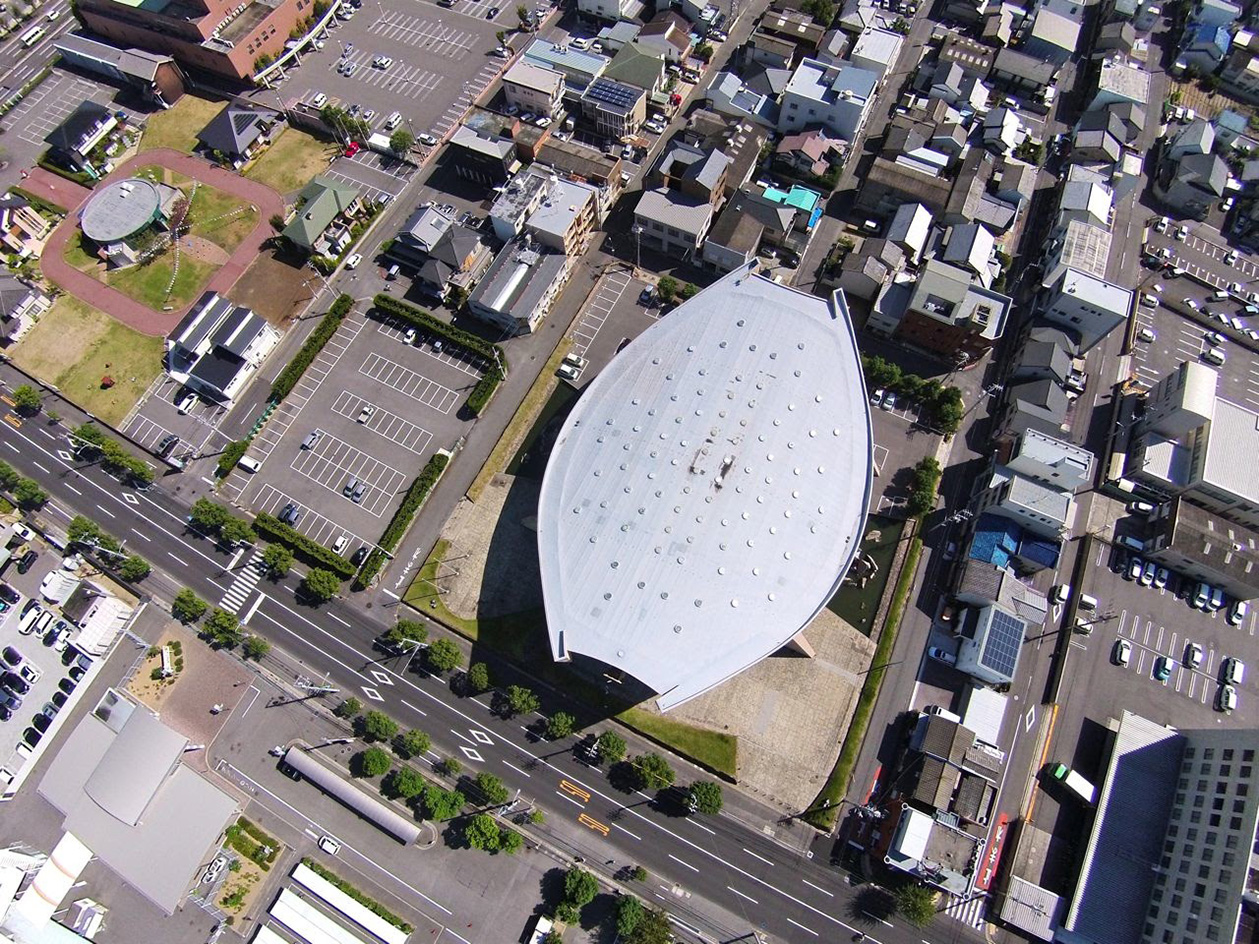
The gymnasium, spanning 1,519 sq m, has sheltered countless athletic events over some 50 years, until, in 2014, it was forced to close down due to the deterioration of its building fabric. After Kagawa Prefecture announced its plans for demolition in 2023, a campaign and petition were launched to save the beloved brutalist architecture icon.
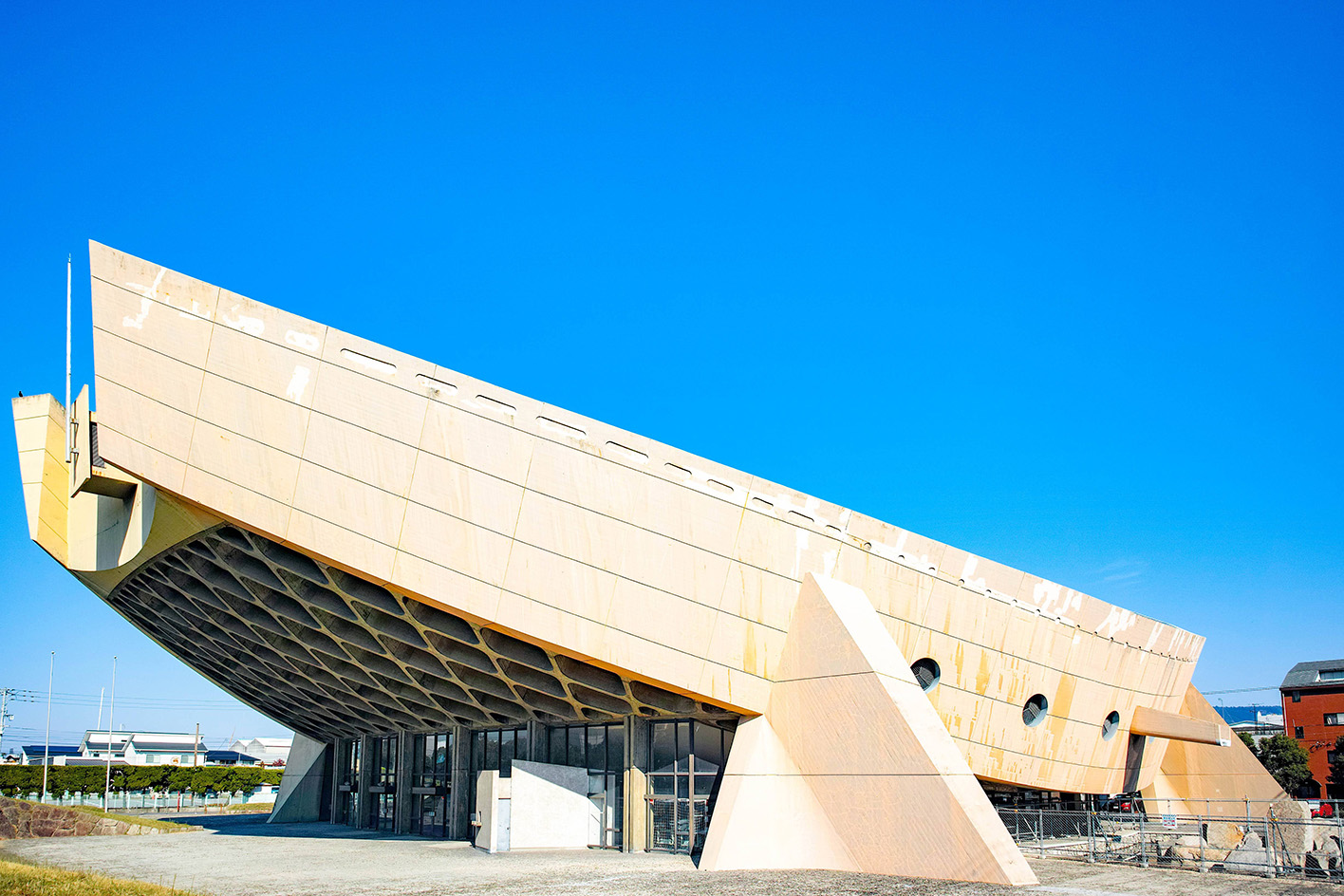
The launch of SANAA's New Kagawa Sports Arena earlier this year further complicated the old gymnasium's chances of revival. However, now the campaigners are fighting back with a recent press conference announcing a proposal to purchase, repair and reuse the landmark building.
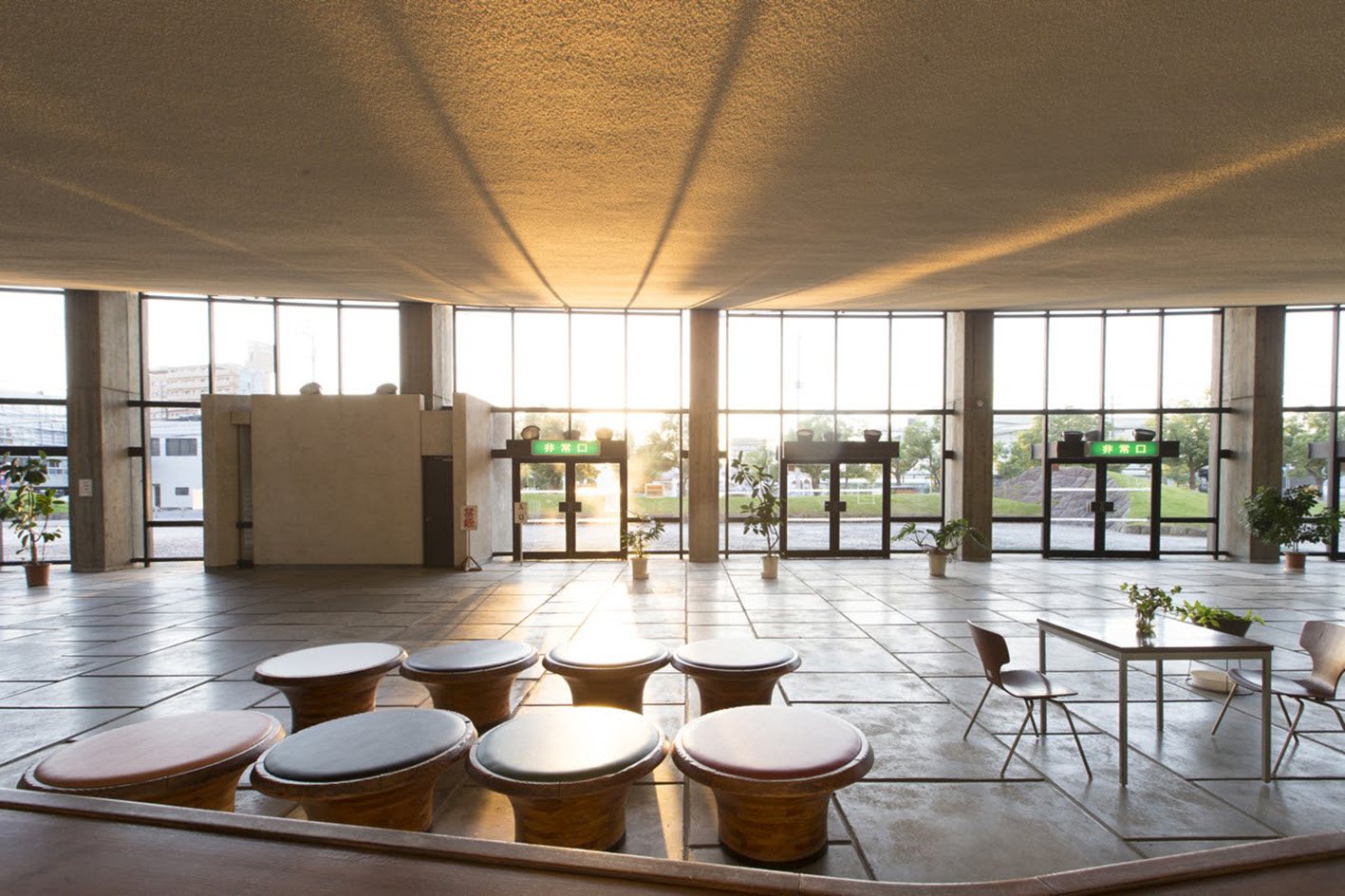
The works needed to update the modernist architecture gymnasium's ageing infrastructure and insufficient earthquake resistance capacity to 21st-century standards are expensive; but the plans to save it factor this in (and it's also important to consider that demolition costs would be considerable – currently estimated at over one billion yen).
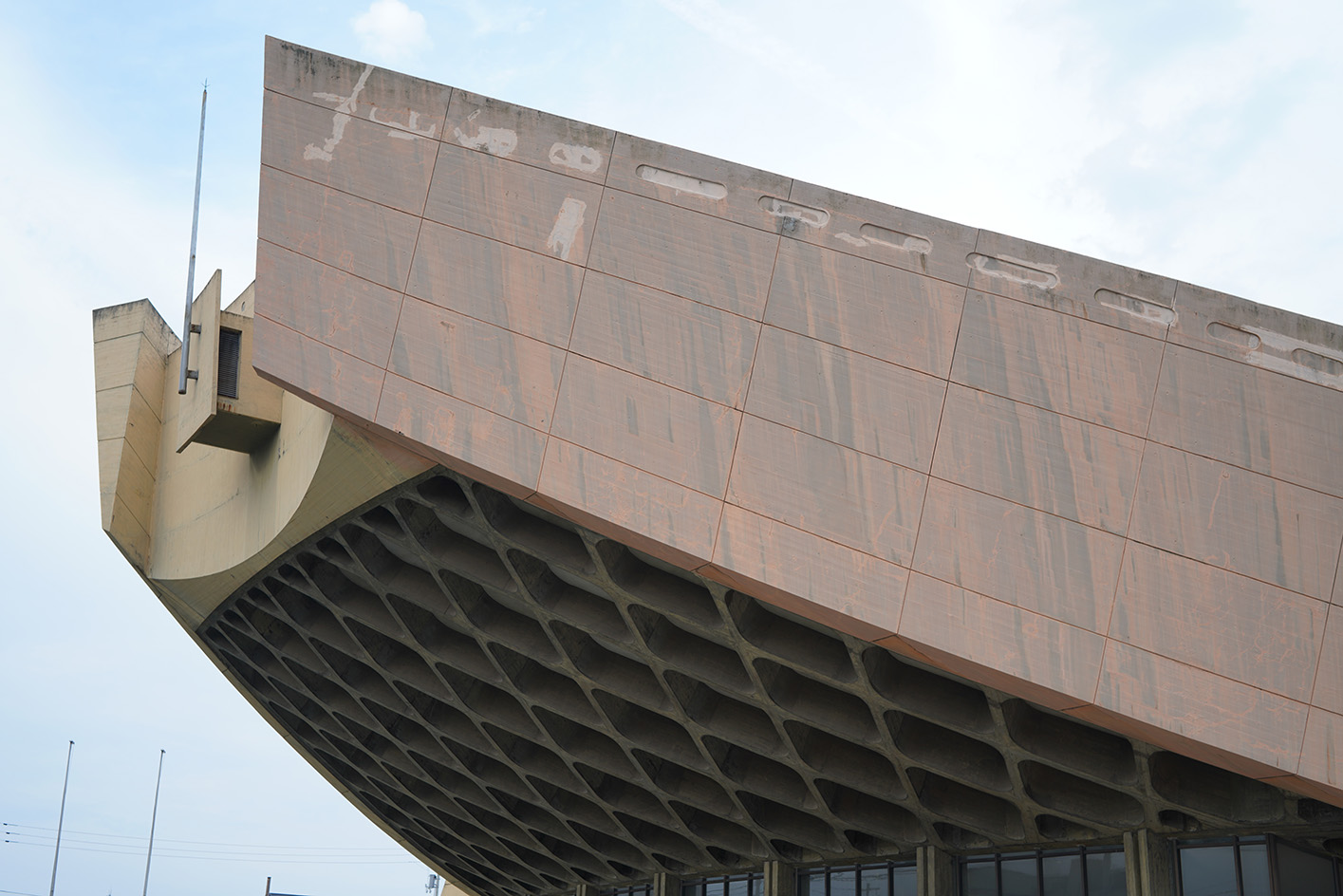
The Former Kagawa Prefectural Gymnasium Restoration Committee, the leaders of the campaign, are suggesting that, should they acquire the building, they redesign it for a new use – proposals include a hotel, for example.
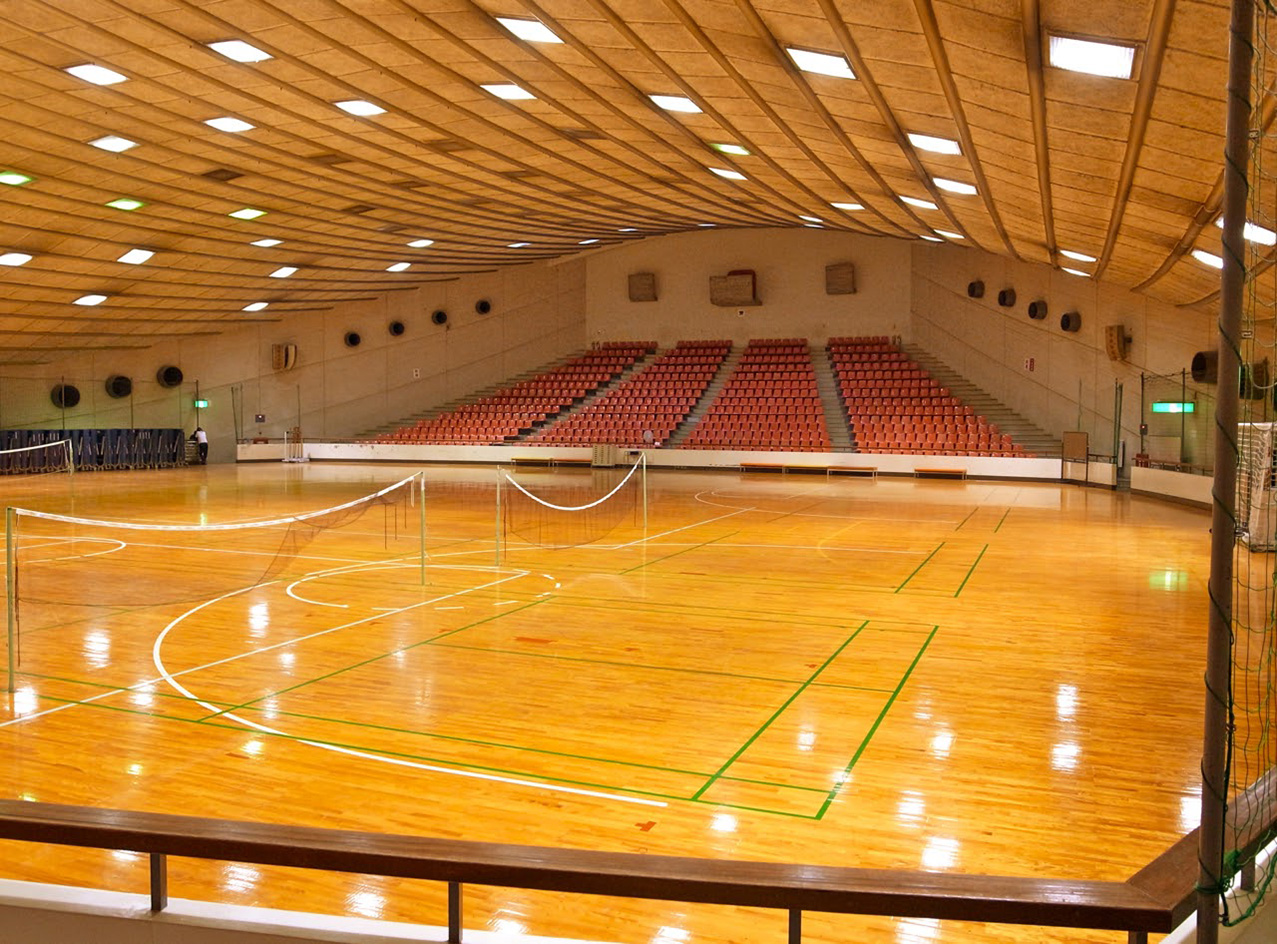
Such a semi-publicly accessible use would allow many people to experience the landmark structure, the Restoration Committee explained at the press conference's Q&A session. Meanwhile, profits from the business would help towards the structure's future maintenance.
Receive our daily digest of inspiration, escapism and design stories from around the world direct to your inbox.
Ellie Stathaki is the Architecture & Environment Director at Wallpaper*. She trained as an architect at the Aristotle University of Thessaloniki in Greece and studied architectural history at the Bartlett in London. Now an established journalist, she has been a member of the Wallpaper* team since 2006, visiting buildings across the globe and interviewing leading architects such as Tadao Ando and Rem Koolhaas. Ellie has also taken part in judging panels, moderated events, curated shows and contributed in books, such as The Contemporary House (Thames & Hudson, 2018), Glenn Sestig Architecture Diary (2020) and House London (2022).
-
 Usher opens up about breakfast playlists, banana pudding and why a glass tumbler is always on his rider
Usher opens up about breakfast playlists, banana pudding and why a glass tumbler is always on his riderOn the heels of a collaboration with Baccarat, the Grammy-winning singer-songwriter breaks down his entertaining tips. 'Hosting is an expression of how you feel about your guests and also who you are.'
-
 The beauty trends that will define 2026, from ultra-niche fragrances to anti-ageing dental care
The beauty trends that will define 2026, from ultra-niche fragrances to anti-ageing dental careAs we enter the new year, we speak to experts in fragrance, skincare, aesthetics, wellness and more about the trends that will be shaping the way we look
-
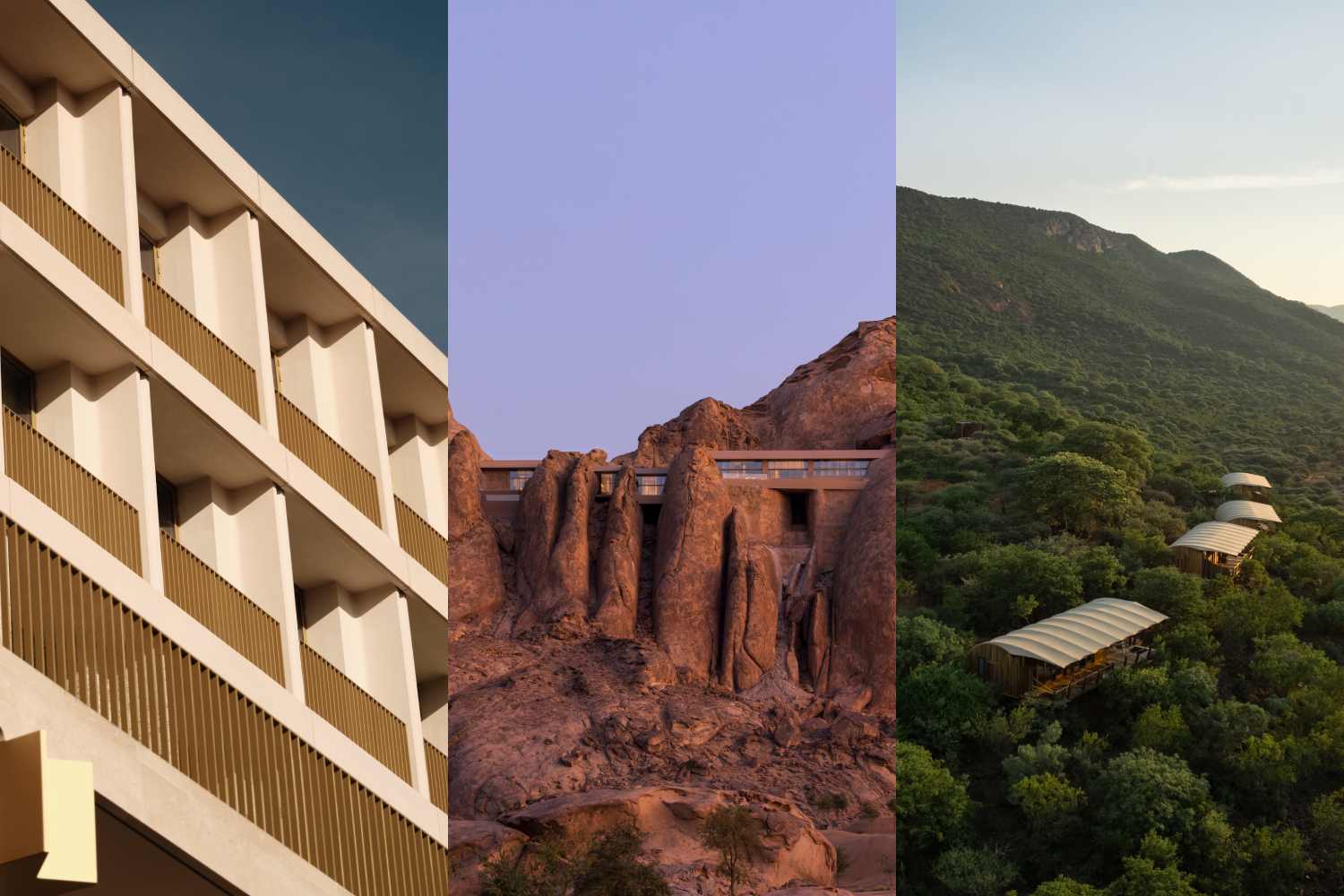 The most stylish hotel debuts of 2025
The most stylish hotel debuts of 2025A Wallpaper* edit of this year’s defining hotel openings. Design-led stays to shape your next escape
-
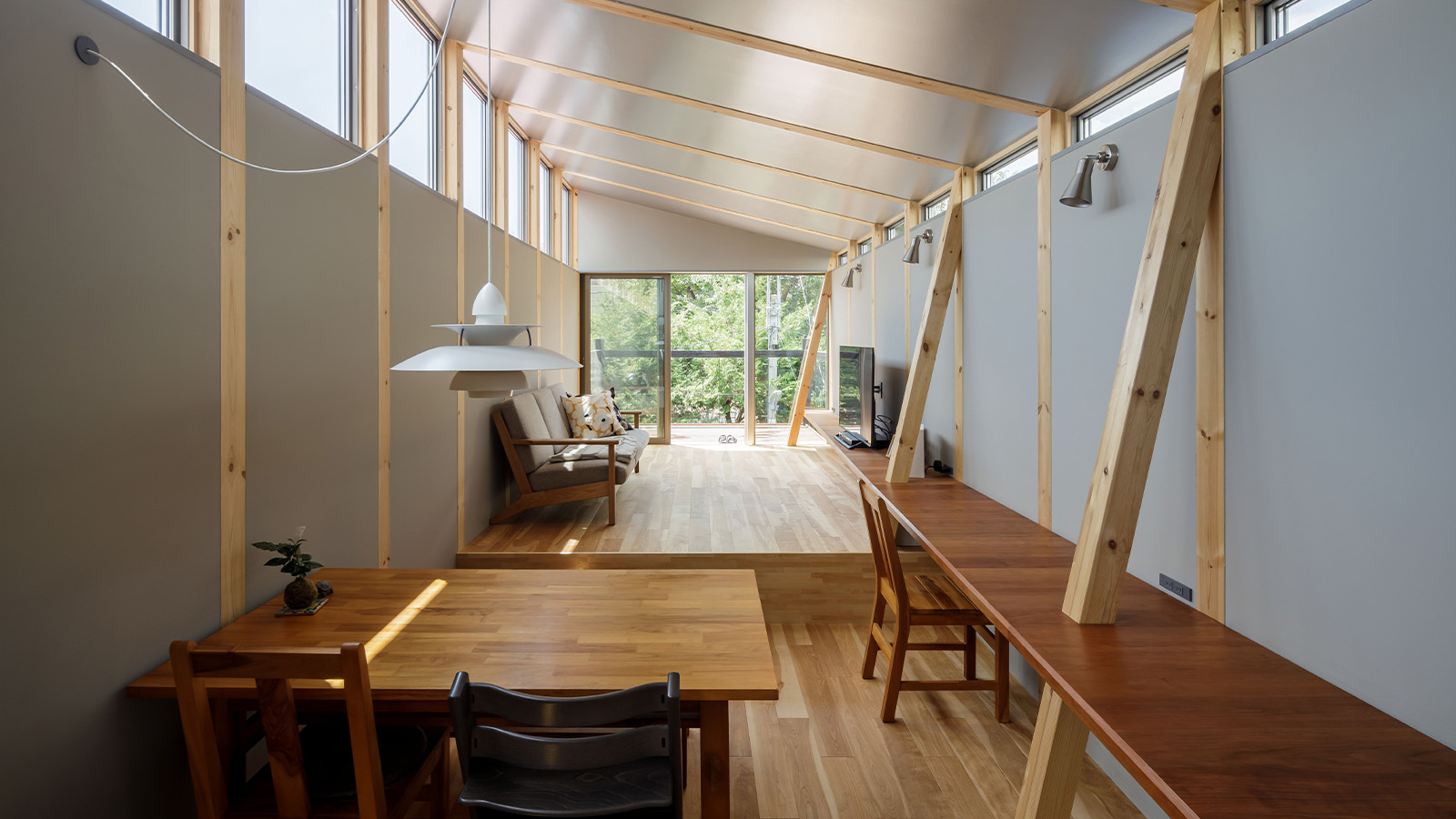 This Fukasawa house is a contemporary take on the traditional wooden architecture of Japan
This Fukasawa house is a contemporary take on the traditional wooden architecture of JapanDesigned by MIDW, a house nestled in the south-west Tokyo district features contrasting spaces united by the calming rhythm of structural timber beams
-
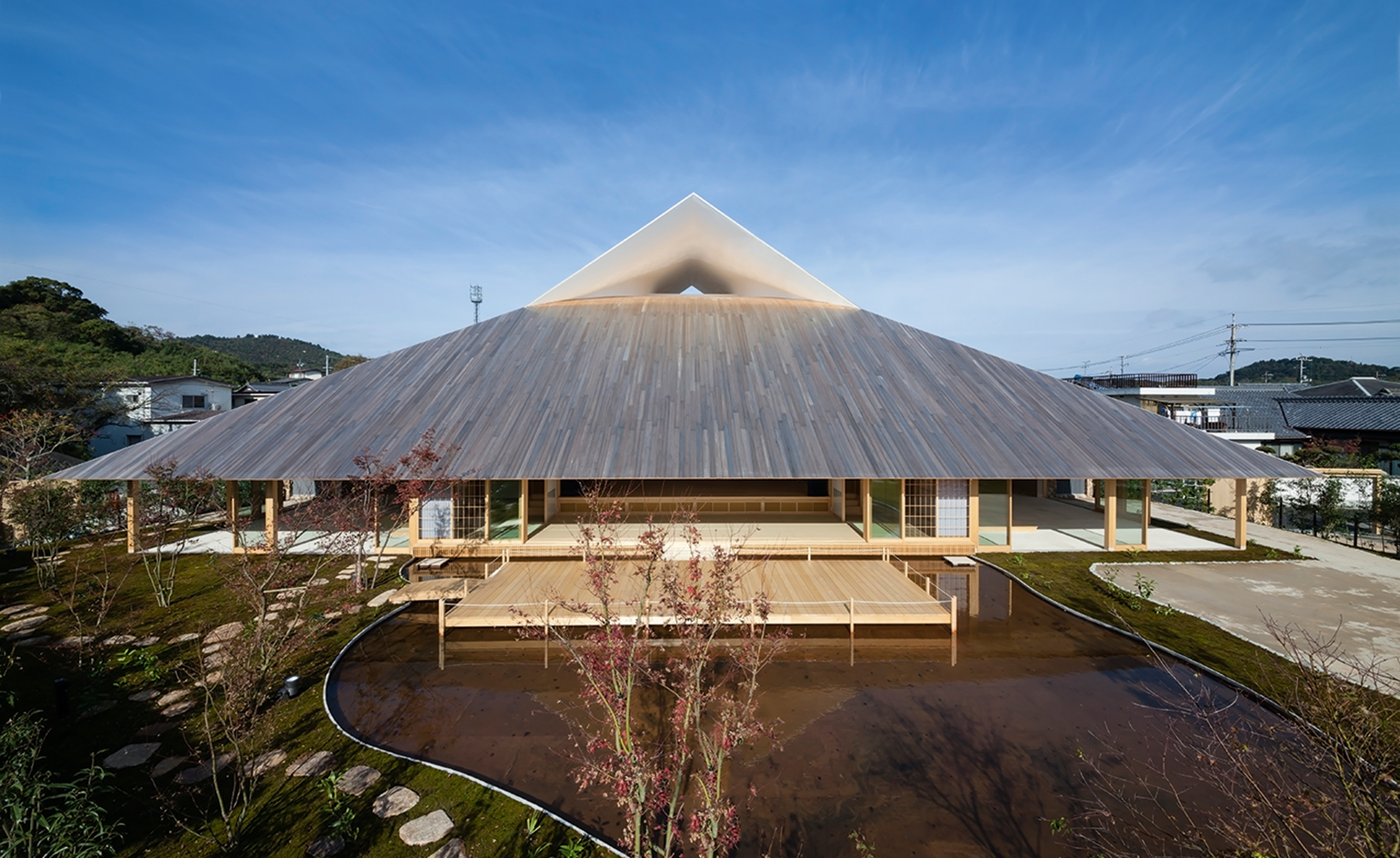 Take a tour of the 'architectural kingdom' of Japan
Take a tour of the 'architectural kingdom' of JapanJapan's Seto Inland Sea offers some of the finest architecture in the country – we tour its rich selection of contemporary buildings by some of the industry's biggest names
-
 Matsuya Ginza lounge is a glossy haven at Tokyo’s century-old department store
Matsuya Ginza lounge is a glossy haven at Tokyo’s century-old department storeA new VIP lounge inside Tokyo’s Matsuya Ginza department store, designed by I-IN, balances modernity and elegance
-
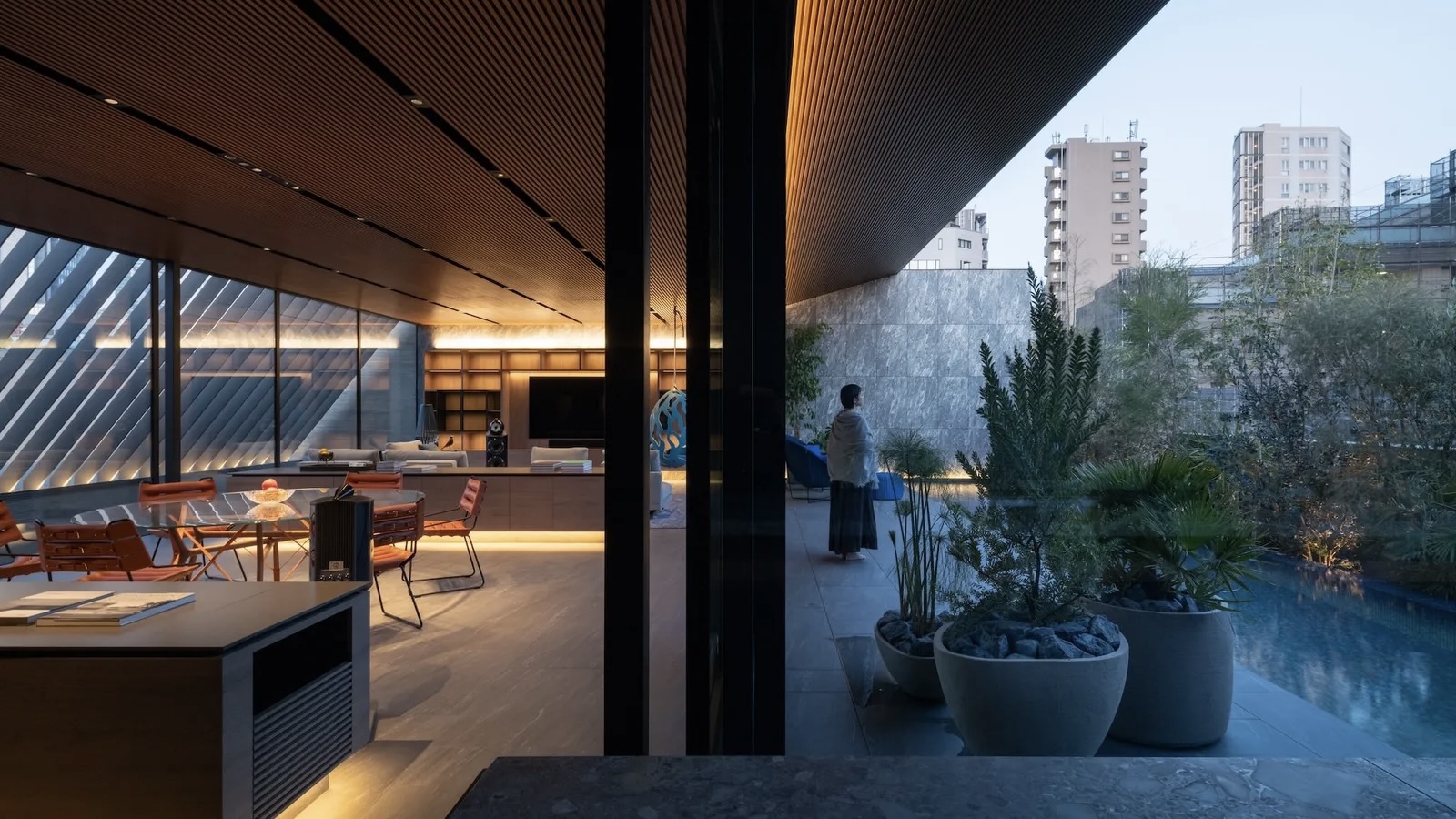 The Architecture Edit: Wallpaper’s houses of the month
The Architecture Edit: Wallpaper’s houses of the monthThis September, Wallpaper highlighted a striking mix of architecture – from iconic modernist homes newly up for sale to the dramatic transformation of a crumbling Scottish cottage. These are the projects that caught our eye
-
 Utopian, modular, futuristic: was Japanese Metabolism architecture's raddest movement?
Utopian, modular, futuristic: was Japanese Metabolism architecture's raddest movement?We take a deep dive into Japanese Metabolism, the pioneering and relatively short-lived 20th-century architecture movement with a worldwide impact; explore our ultimate guide
-
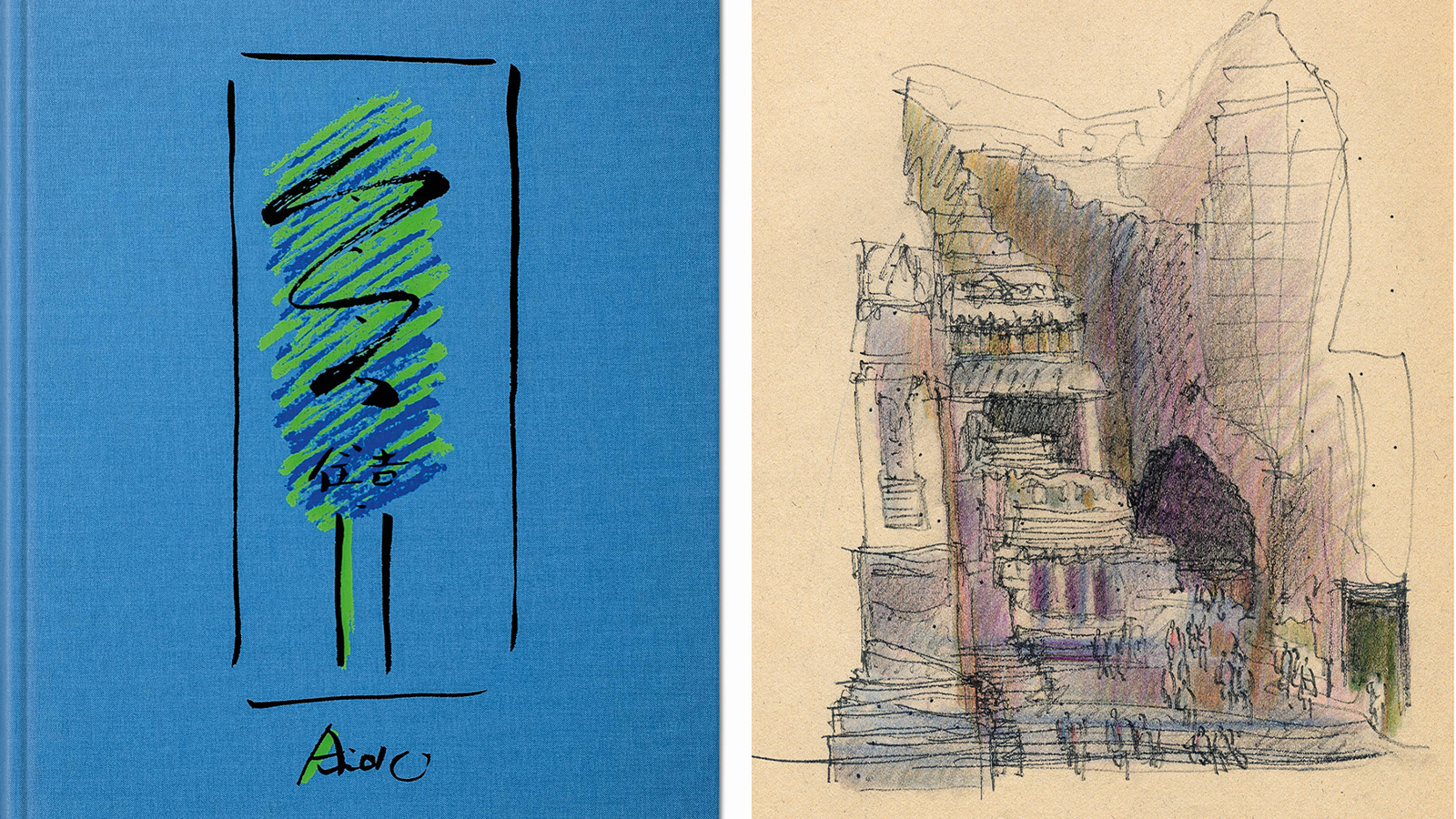 A new Tadao Ando monograph unveils the creative process guiding the architect's practice
A new Tadao Ando monograph unveils the creative process guiding the architect's practiceNew monograph ‘Tadao Ando. Sketches, Drawings, and Architecture’ by Taschen charts decades of creative work by the Japanese modernist master
-
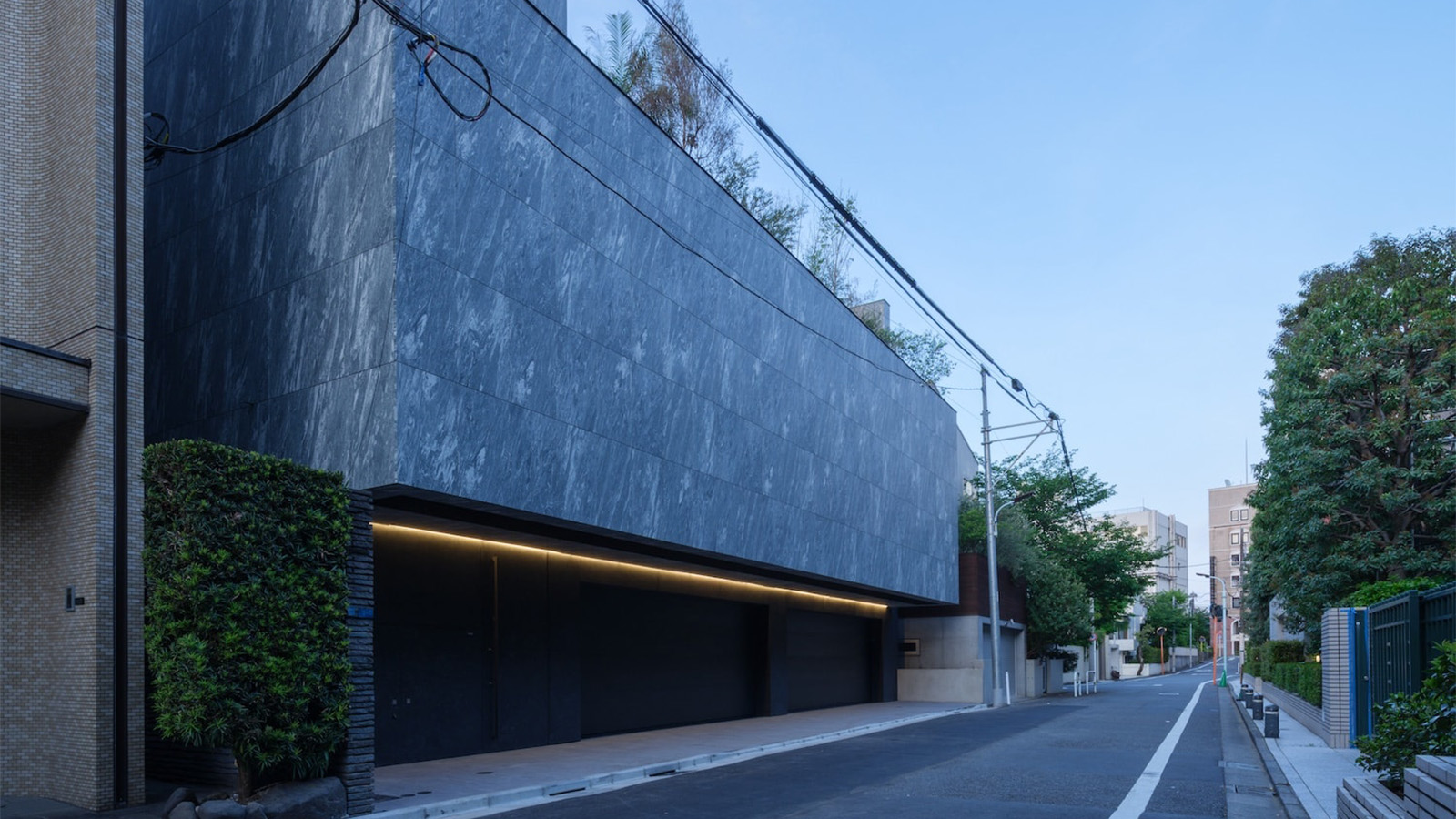 A Tokyo home’s mysterious, brutalist façade hides a secret urban retreat
A Tokyo home’s mysterious, brutalist façade hides a secret urban retreatDesigned by Apollo Architects, Tokyo home Stealth House evokes the feeling of a secluded resort, packaged up neatly into a private residence
-
 Landscape architect Taichi Saito: ‘I hope to create gentle landscapes that allow people’s hearts to feel at ease’
Landscape architect Taichi Saito: ‘I hope to create gentle landscapes that allow people’s hearts to feel at ease’We meet Taichi Saito and his 'gentle' landscapes, as the Japanese designer discusses his desire for a 'deep and meaningful' connection between humans and the natural world